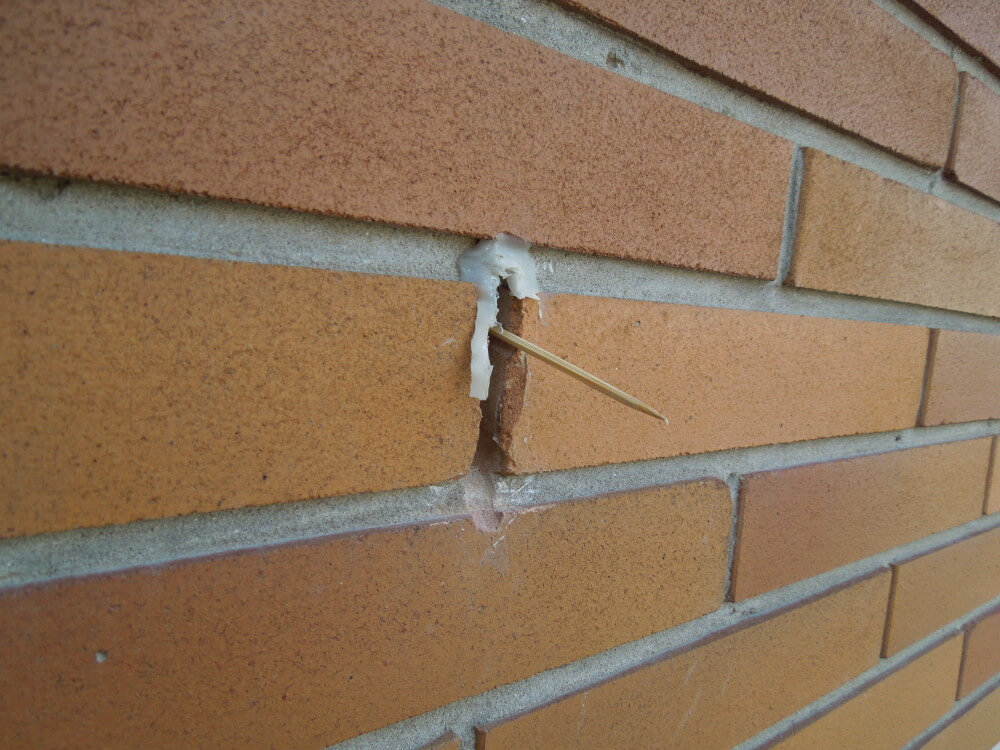In Canada, the construction sector generates about 4 million tons of waste each year, according…

About to move? Keep an eye out for these 3 common hidden defects!
Buying a new house is not the same as buying an existing one, and the older the house, the more there is to consider. You won’t be surprised, then, to learn that buying an ancestral home presents specific challenges and considerations because of its age, of course, but also because of its heritage character. Read our article to see what you need to think about when buying an ancestral home.
Do you know these common hidden defects?
Our building experts are there to help you if
you are ever confronted to a hidden defect!
1. Water infiltration
The signs of water infiltration are not always obvious, as they often start inside the walls. However, if you know what you’re looking for, a visual inspection can identify certain signs that may betray their presence. Look for damp, yellowish or brown stains on walls, ceilings and floors, which would suggest previous water leaks.
If you have access to the foundation walls, take a look for cracks. A crack in the walls, foundation or joints of the house can be an entry point for water. Do you see drips, often a brownish streak, on the surface of foundation walls?
Then check pipes, fittings and fixtures for water leaks.
2. Hidden mold
In the case of mold, as in the case of water infiltration, keep an eye out for dark or greenish spots, areas of discoloration or deformation on surfaces. Be particularly vigilant if you’re carrying out work after moving in. Since water infiltration first affects the structural elements inside walls, it’s during renovations that you’re most likely to notice its presence.
But in addition to your eyes, you can also use your nose! Mould often gives off an earthy, clammy or musty odour. If you smell something suspicious, it could indicate the presence of hidden mold. A musty or rotten smell can indicate the presence of moisture, even if we can’t see it.
3. Carpenter ants
Evidence of the presence of carpenter ants can vary depending on various factors, such as the type of construction and the season. However, a common sign of carpenter ants is the presence of sawdust, as carpenter ants dig galleries in the wood and expel the sawdust outside.
If you pay close attention, you may hear scratching or creaking noises coming from walls or ceilings. These noises may be caused by carpenter ants digging or moving inside the wooden structure.
Otherwise, the presence of damaged wood, spawning wings and the ants themselves are all signs that may not have been visible during your visits or at the time of inspection.
Let’s not forget that a hidden defect is by definition hidden, unknown to everyone involved in the transaction and undetectable with a pre-purchase inspection. So, no matter how careful and diligent we are in our real estate purchases, we are never completely safe from a hidden defect. If you’re ever concerned about a hidden defect, contact us. Our technical and legal experts will advise you on the best course of action.
Do you know these common hidden defects?
Our building experts are there to help you if
you are ever confronted to a hidden defect!


